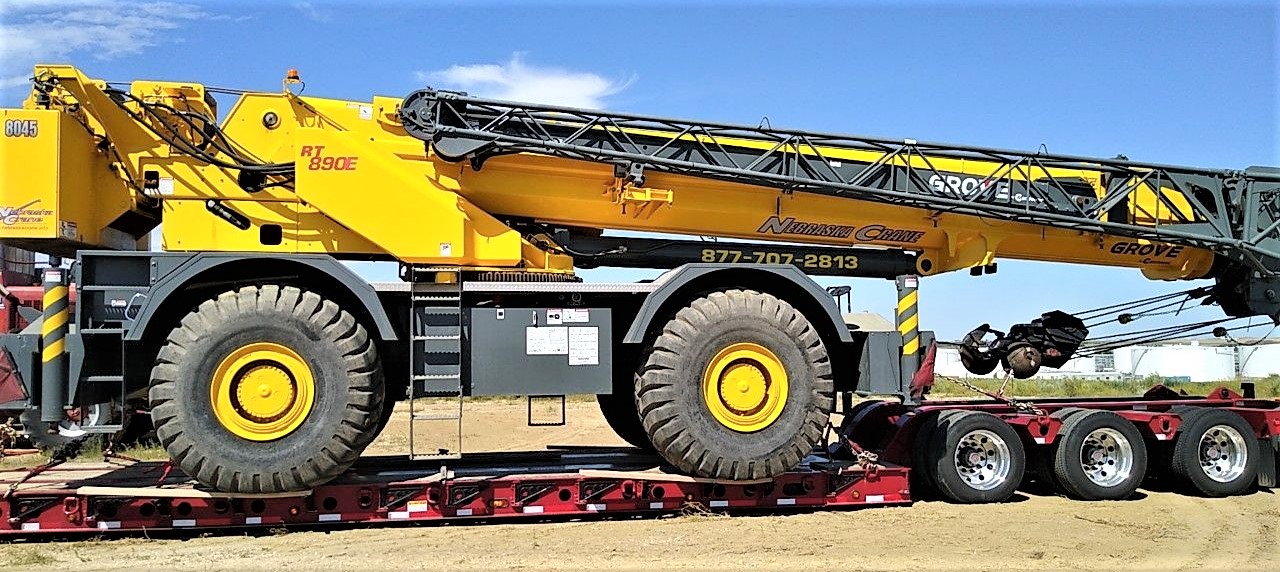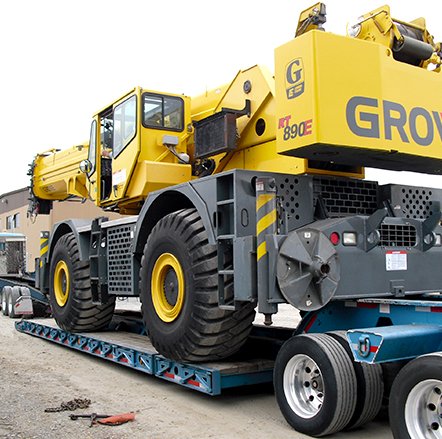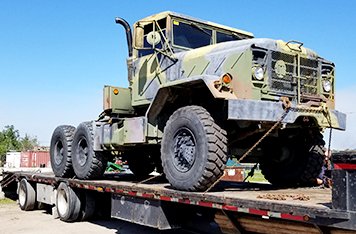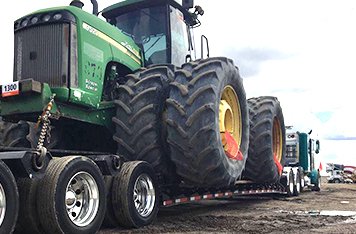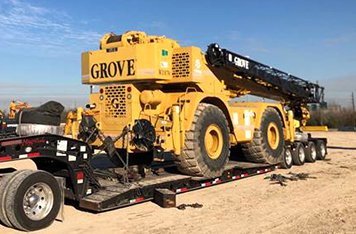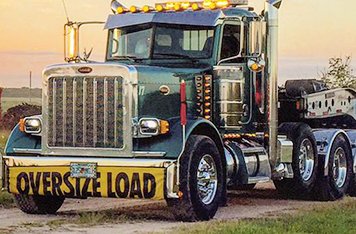Major Highways
Heavy haul trucking requires special vehicles and routes. Since the loads are often too large for a standard tractor-trailer, specialized trucks are used. These trucks have a much higher weight capacity and often require special permits to use. The most common route for heavy haul trucking from California to New Mexico is Interstate 10. This route covers most of the distance between the two states and has the infrastructure to support the large loads. Along the route, there are rest stops and truck stops for the driver to take breaks. There are also bridges and tunnels that can accommodate the height of the heavy haul trucks.In addition to I-10, there are other highways that can be used for heavy haul trucking. These include US Highway 95, US Highway 191, and US Highway 93. All of these routes have their own unique challenges and considerations. For example, US 95 is a two-lane highway and the heaviest trucks may not be able to pass safely. US 191 is also a two-lane highway with winding curves that can be difficult for large loads. US 93 is the longest of the routes, but it is also the most difficult as it has sharp turns and steep grades.
Unique Challenges
Heavy haul trucking comes with its own unique set of challenges. The most obvious challenge is the weight of the load. The heavier the load, the more difficult it is to maneuver. The size of the load can also be an issue, as many roads have restrictions on the size of vehicles that are allowed to use them.In addition to the size and weight of the load, there are environmental factors that must be taken into consideration. The weather conditions in California and New Mexico can be very different, and the trucker must be prepared for anything. For example, California can be very hot in the summer, while New Mexico can be cold and windy. The trucker must also be aware of the terrain, as some routes may have steep grades or winding roads that can be difficult for a heavy haul truck.
Weather Conditions
Heavy haul trucking is often affected by the weather. The weather conditions along the route can be very different from California to New Mexico. In California, the temperatures can be extremely hot in the summertime, while New Mexico can be quite cold in the winter. Rain, snow, and wind can all affect the journey, and the trucker must be prepared for any eventuality.It is important for the trucker to be aware of the forecast along the route. The trucker should also be aware of any road closures due to inclement weather. In addition, the trucker should be prepared for any changes in elevation, as the terrain can be quite different between California and New Mexico.
Special Considerations
When hauling heavy items from California to New Mexico, there are some special considerations that must be taken into account. The trucker must be aware of the laws and regulations in both states, and must be sure to have the necessary permits for the load. The trucker also must be aware of any restrictions on the route. For example, some roads may be closed due to construction, or there may be weight restrictions.In addition, the trucker must be aware of the size of the load. The load may be too large for some roads, and the trucker must be prepared to take an alternate route if necessary. The trucker must also be aware of the weight of the load, as some roads may not be able to support the weight. Finally, the trucker must be prepared for any unexpected delays due to weather or other factors.
Heavy haul trucking from California to New Mexico can be a unique and challenging experience. By taking the time to plan the route, prepare for the weather, and know the regulations, truckers can make sure their haul is successful. With the right preparation and knowledge, truckers can make sure their haul is safe and successful.